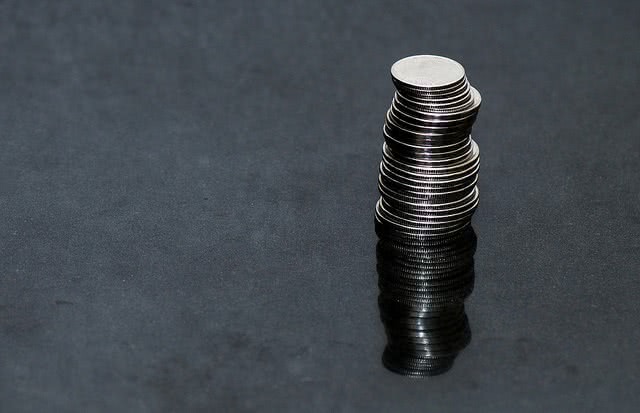
Flickr user KMR Photography
When you’re applying for (or repaying) student loans, you’re going to come across quite a few terms that you may not quite understand. One of these terms is your student loan “principal balance.” Here’s a quick rundown of what that means for your student loan debt.
What is “principal balance?”
The principal balance is the amount of debt you owe. When you take out a loan, you are given a set amount. This is the principal balance. As you pay off your debt, it declines. That is your outstanding principal balance or outstanding debt
You’ll be making payments on this number,so it’s important to understand how interest relates to the debt.
How interest affects your principal balance and debt
Interest is the percentage that the lender is charging you for borrowing the money. The federal government student loans’ interest rates are fixed for each student. The rates will not change during the life of the loan. However, private loans may vary in interest from person to person.
When you make a payment on your debt, you are first paying off the amount of monthly interest you have accrued. The remaining money included in your payment goes towards paying off the balance you currently have. This is the principal payment. When the next month’s payment rolls around, the interest you accumulated will be based off the outstanding debt or outstanding principal balance.

Student loan principal balance and unsubsidized loans
Direct subsidized loans from the Department of Education do not start accruing interest until six months after you graduate college or leave school. The amount they offer you is based on your financial need. However, direct unsubsidized loans work a little differently.
All students have the option to take out unsubsidized loans (if they’ve filled out FAFSA), but interest and payment are not the same as a subsidized loan. Unsubsidized loans begin accruing interest right after you borrow the money. You have the option of starting to pay it off right away or defer any payments until you graduate. Either way though, the loan will accrue interest. This amount is then added to your principal balance. When you graduate, you will be paying interest on the interest you accumulated during college.
Even if you’re just taking out loans this year, it’s important to understand what your principal balance is before you accept the money and definitely before it starts to accrue interest. This number will help you understand just how much you may pay in the end when your debts are all paid off. Keep an eye on your outstanding principal balance as you pay off your loans. Use the remaining amount to determine how much in interest you owe each month.
Always pay your student loan debt on time. If you fall behind, you could incur penalties and even more interest. If you are struggling to pay your debt, contact your lender or the Department of Education to discover your options. You may want to consider deferment, consolidation, or refinancing.
| Lender | Rates (APR) | Eligibility | |
|---|---|---|---|
 |
5.19% - 15.81%* Variable
3.99%-15.61%* Fixed |
Undergraduate and Graduate |
VISIT CITIZENS |
 |
4.79% - 14.96% Variable
3.49% - 15.49% Fixed |
Undergraduate and Graduate |
VISIT SALLIE MAE |
 |
4.38% - 17.99% Variable
3.39% - 17.99% Fixed |
Undergraduate and Graduate |
VISIT CREDIBLE |
 |
5.34% - 13.19% Variable
3.48% - 12.61% Fixed |
Undergraduate and Graduate |
VISIT LENDKEY |
 |
5.25% - 14.26% Variable
3.39% - 14.16% Fixed |
Undergraduate and Graduate |
VISIT ASCENT |
 |
3.70% - 8.75% Fixed |
Undergraduate and Graduate |
VISIT ISL |
 |
4.99% - 16.85% Variable
3.47% - 16.49% Fixed |
Undergraduate and Graduate |
VISIT EARNEST |
 |
5.00% - 13.97% Variable
3.69% - 14.22% Fixed |
Undergraduate and Graduate |
VISIT ELFI |





